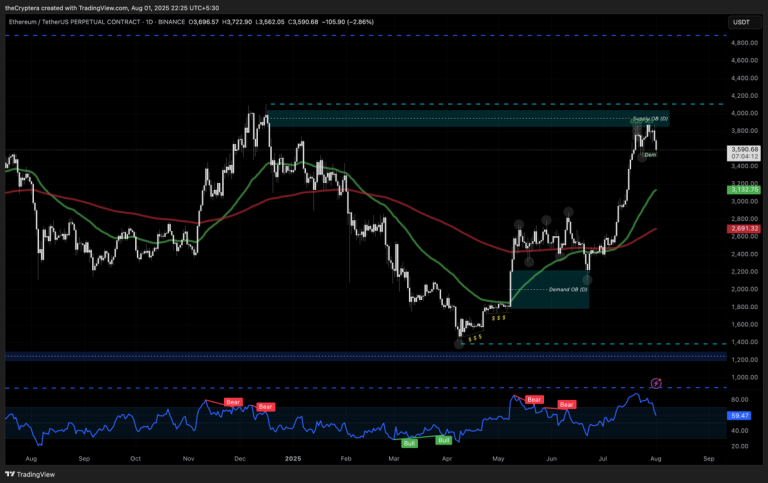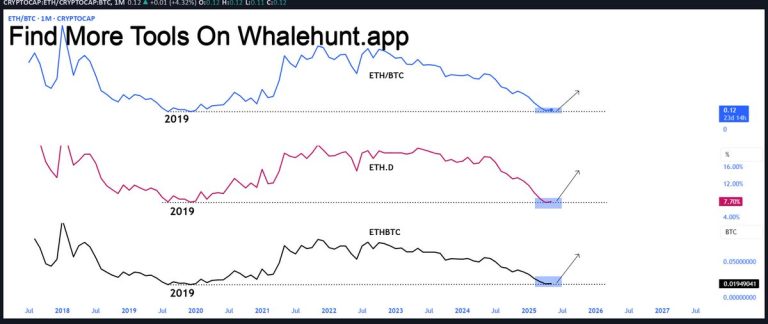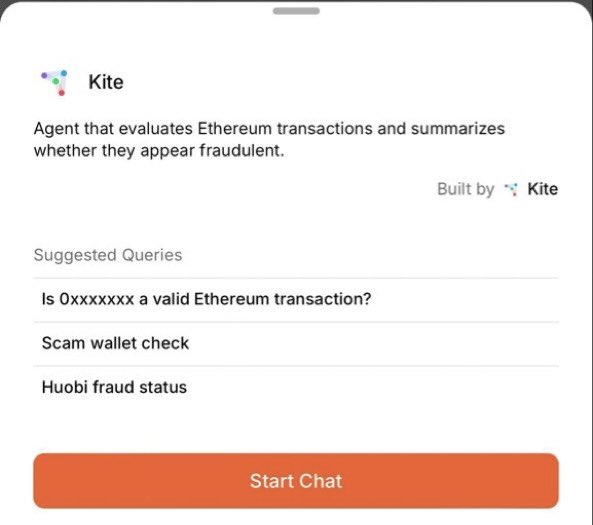
Alright, let’s dive into this intriguing intersection of crypto, user interfaces, and multi-chain functionality. Imagine having a single, easy-to-use app that lets you navigate the often-complex world of cryptocurrency – that’s the promise of Warden and its associated app. This isn’t just about making crypto easier; it’s about unlocking its potential for a wider audience.
The Vision: A Crypto Co-Pilot
The core concept behind Warden, particularly as highlighted by the “Warden App,” is to provide a “co-pilot” experience for users engaging with cryptocurrencies. This co-pilot takes the form of an intuitive chat and voice interface, simplifying interactions that are typically handled through complex exchanges and wallets. Think of it as having a knowledgeable friend guiding you through the crypto landscape. The key features being touted – swapping, sending assets, market analysis, and agent execution – all within a unified UI, point toward a significant move towards user-friendliness. The tweets cited suggest this functionality is already being explored and developed.
Multi-Chain Magic: Breaking Down Silos
One of the biggest hurdles in the crypto space is the fragmented nature of blockchains. Bitcoin, Ethereum, Solana, Cosmos… they all operate in their own ecosystems, often requiring users to jump between different platforms and wallets. Warden tackles this head-on with its multi-chain support. Integrating Ethereum, Solana, and Cosmos (with implied support for others, as Zan’s tweet suggests including Bitcoin, Avalanche, and Polygon) allows users to manage assets and interact with various decentralized applications (dApps) from a single point. This is a huge win for convenience and efficiency. The ability to select and analyze different blockchains, as indicated by the screenshots in Zan’s tweet, further emphasizes this comprehensive approach.
Gasless Transactions: Removing a Major Pain Point
“Gasless UX” is another critical element. Gas fees, the transaction fees required to execute actions on blockchains like Ethereum, are a notorious barrier to entry for new users. They can be unpredictable and sometimes surprisingly high. By offering a gasless experience, Warden removes this friction, making it more attractive for both novice and experienced users alike. While the exact mechanism behind this “gasless” functionality isn’t specified in the provided snippets, it likely involves techniques like meta-transactions or delegated transaction execution. These allow users to sign transactions that are then relayed and paid for by a third party, effectively abstracting away the gas fee complexity.
Fiat Integration: Bridging the Gap
The inclusion of fiat (traditional currency) integration is another crucial step towards mainstream adoption. Many users are hesitant to dive into crypto because it requires converting their fiat currency into cryptocurrency, a process that can feel daunting. Warden aims to streamline this process, likely by allowing users to buy and sell crypto directly within the app using fiat. This lowers the barrier to entry and makes it easier for people to participate in the crypto economy.
Agents: Automating Complexity
The mention of “running agents” is particularly intriguing. This suggests that Warden is going beyond simple transactions and empowering users to automate more complex tasks. Crypto agents are essentially automated programs that can execute trades, manage portfolios, or perform other actions based on predefined rules. By providing a user-friendly interface for creating and running these agents, Warden could significantly enhance the capabilities of its users. Imagine setting up an agent to automatically buy Bitcoin when the price dips below a certain threshold, or to rebalance your portfolio based on market conditions. This kind of automation could save users time and effort while potentially improving their investment outcomes.
Potential Concerns and Questions
While Warden’s vision is compelling, there are also some potential concerns and questions that need to be addressed:
- Security: Integrating multiple chains and offering gasless transactions introduces potential security risks. Robust security measures are essential to protect user funds and data. The details of these measures are not available from the provided context.
- Centralization: The “gasless” functionality may rely on a centralized relay service, which could raise concerns about censorship or single points of failure. Understanding the architecture behind the gasless transactions is crucial.
- Complexity Under the Hood: While the UI aims to be intuitive, the underlying technology is still complex. How effectively Warden can abstract away this complexity while still giving users control over their assets remains to be seen.
- Scalability: Supporting multiple chains and a growing user base will require a scalable infrastructure. It’s important to assess Warden’s ability to handle increasing transaction volumes and data processing needs.
- Regulatory Compliance: Navigating the regulatory landscape of cryptocurrencies is challenging. Warden will need to ensure that it complies with all applicable laws and regulations in the jurisdictions where it operates.
The Broader Context and “Gayman” Tag
The inclusion of the “#gayman” tag in the tweet by @BlankBite is… peculiar. It’s difficult to glean any meaningful connection between the technical aspects of Warden and this tag without further context. It could be an attempt to reach a specific audience segment, or simply a random and irrelevant addition. Without more information, it’s best to disregard this tag as unrelated to the core functionality and purpose of Warden. Similarly, the other hashtags, #Bitcoin, #Ethereum, #solana, #onchain, #bitget, are standard crypto-related tags used to increase visibility and reach a relevant audience.
The Future of Crypto UX: Towards Seamless Interaction
Warden represents a significant step towards making cryptocurrency more accessible and user-friendly. By simplifying complex interactions, integrating multiple chains, and offering innovative features like gasless transactions and automated agents, it has the potential to bridge the gap between the crypto world and the mainstream. However, security, centralization, and regulatory compliance are critical considerations that must be addressed to ensure its long-term success. Ultimately, the future of crypto UX lies in creating seamless and intuitive experiences that empower users to harness the power of decentralized technologies without being overwhelmed by complexity. The success of projects like Warden will determine whether this vision becomes a reality.
Sources:
There are no source URLs provided to list.







